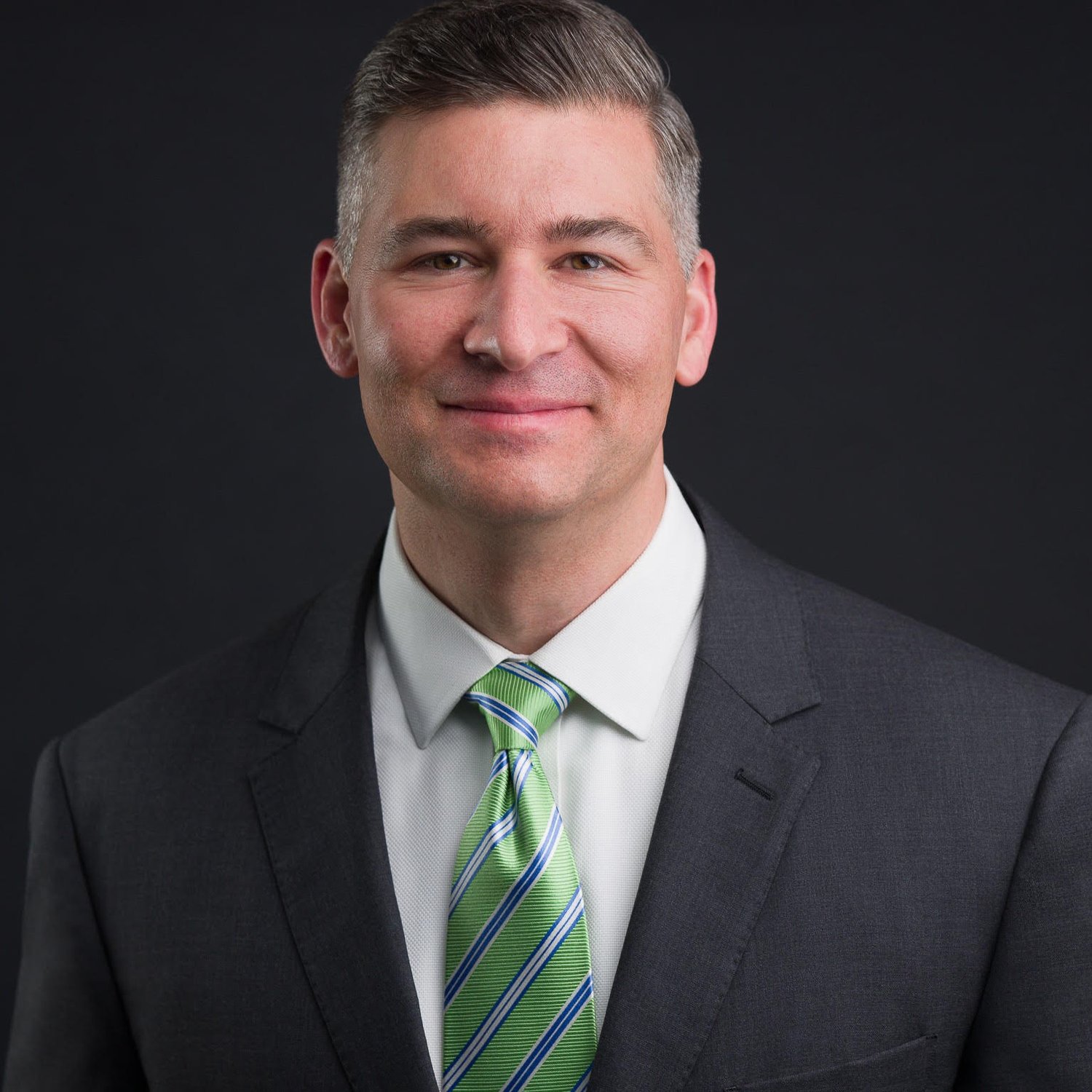Can Leadership Prevent Mistakes?
/"While I was in the middle of the room, the attic floor and beams collapsed onto the second floor crashing down to the first floor where I was standing. The time between us entering the building and the time of the collapse was no longer than 90 seconds. I was knocked to the floor and was trapped under the debris. I suffered a head injury and a torn patellar tendon. The contents of the upstairs ended up in the first floor room and I could have been killed. By my judgment, approximately 80,000 gallons of water was pumped into that structure and we were ordered in anyway. This was after a previous call to evacuate 45 minutes earlier. This should not have happened!"
Mistakes happen. Sometimes, those mistakes hurt or kill people. I’ve studied them among fire fighters, who sometimes experience events like the one described above (which comes from Report 07-0001036, U.S. Department of Homeland Security, 2014). The mistakes that people in the fire service and other high-risk occupations make often have important safety implications. In other industries and occupations, mistakes may not hurt or kill people, but mistakes often derail projects or anger customers. They create conflict and they degrade the quality of what we make or do.
Mistakes aren’t exclusive to any industry or sector.
Mistakes also almost happen. These close calls or near misses—when discussed well and integrated into a learning program—can serve as powerful wakeup calls for people and teams.
Regardless of whether we’re talking about mistakes or near misses, learning from the past to improve future performance is
Read More




















